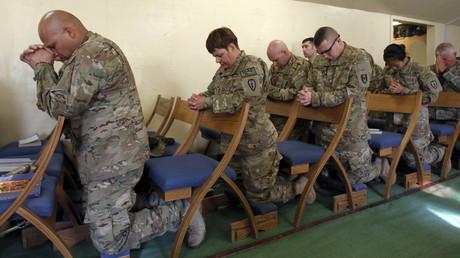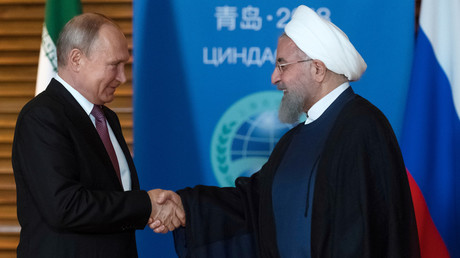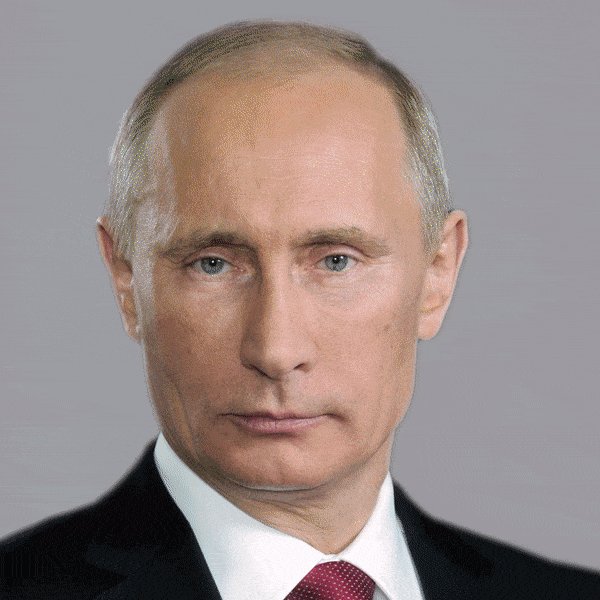No Deal, Mr. Trump

The Trump administration is preparing itself to present “the deal of the century” to resolve the Israeli-Palestinian conflict. Trump emissaries Jared Kushner (Trump’s son-in-law) and Jason Greenblatt (one of Trump’s former business lawyers) recently visited the region and held high-level meetings in Israel, Egypt, Jordan, Saudi Arabia and the Emirates. The one place of significance not visited was of course Palestine. Since Trump announced and then implemented the moving of the US Embassy to Israel from Tel Aviv to Jerusalem, the Palestinians have cut all official ties with the US Administration. The Trump Administration responded in kind by freezing all financial aid to Palestine and by continuing to develop the peace proposal deal without consultations with the Palestinian leadership. The Trump Administration has also publically announced that they will present their peace plan “above the heads” of the Palestinian leadership directly to the Palestinian people. Jared Kushner pushed that point when he gave an exclusive interview to the privately owned Palestinian newspaper coming out of Jerusalem “Al Quds”.
Trump’s emissaries have reportedly been told all around the region what Jordan King Abdallah II told directly to President Trump in his White House meeting this week, that a peace deal without a sovereign independent Palestinian state based on the June 4, 1967 borders; without East Jerusalem as the capital of Palestine; and without some acceptable framework for dealing with Palestinian refugees; there would be no deal at all. Leaks about the content of the Trump proposal which include a Palestinian state on only a small part of the West Bank, a Palestinian capital in the Jerusalem suburb of Abu Deis, and not East Jerusalem, with no removal of any Israeli settlements, with Israeli security control over the Palestinian state and the Jordan valley and with nothing whatsoever for Palestinian refugees is dead on arrival. This is the opinion of not only the Palestinian people and their leadership. Trump’s proposal, which falls outside of international legitimacy and accepted principles for Israeli Palestinian peace, is acceptable to only one party in the world – that is the Government of Israel under Benjamin Netanyahu.
Some Palestinians have argued, even publically with op-ed pieces in some local newspapers that the Palestinians should accept whatever Trump is prepared to offer but not as a peace and end of conflict deal. They argue that with the increasing moves by Israeli politicians to advance Israeli annexation of large chunks of the West Bank and the failure of internal Palestinian reconciliation further entrenching the division between the West Bank and Gaza, Palestinians must increase their hold and control on whatever pieces of territory and authorities that Israel is prepared to withdraw from and transfer to the Palestinian Authority. Furthermore, there are calls from some of the Likud politicians who hold the most right-wing positions with Netanyahu’s party and apparently have a lot of influence over him to exploit the Palestinian rejection of the Trump proposal to shut down the Palestinian Authority and to remove it from power. These politicians suggest that Israel could more easily deal with local Palestinian leaders in some form of antiquated tribal rule. These plans are right out of the rules book of the 1970s when Israel tried to replace the legitimacy of the Palestinian Liberation Organization with local tribal leaders called “The Village Leagues”. That plan was a miserable failure then as it would be today as well.
Trump may believe that the deal for Israeli-Palestinian peace is like a real estate negotiation for the purchase of hotel complex in a high-risk neighborhood where he can put “take it or leave it” terms on the table. These seem to be the terms that Trump understands. It is doubtful that Netanyahu functions in the same strategically limited assessment and analysis. Netanyahu’s strategic assessment and analysis weakness is mainly informed by his belief that he can successfully steer Israel’s course through the stormy waters of the region while always blaming others for the failure of reaching agreements. But Netanyahu’s continued polices of entrenching Israeli control over the Palestinians, expanding Israeli settlements in the occupied territories, isolating Gaza to the brink of disaster and trying to focus all international attention on Iran will successfully remove the two states solution forever and leave Israel as a non-democratic binational state. Eventually the Israeli public will wake up and understand that they have been living in a false reality with a very false sense of security.


















